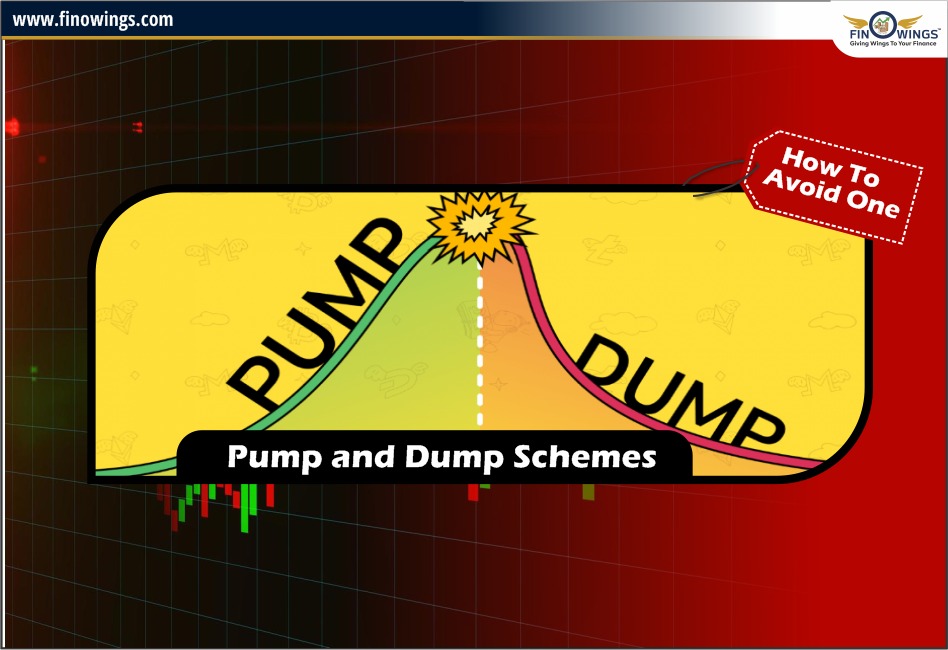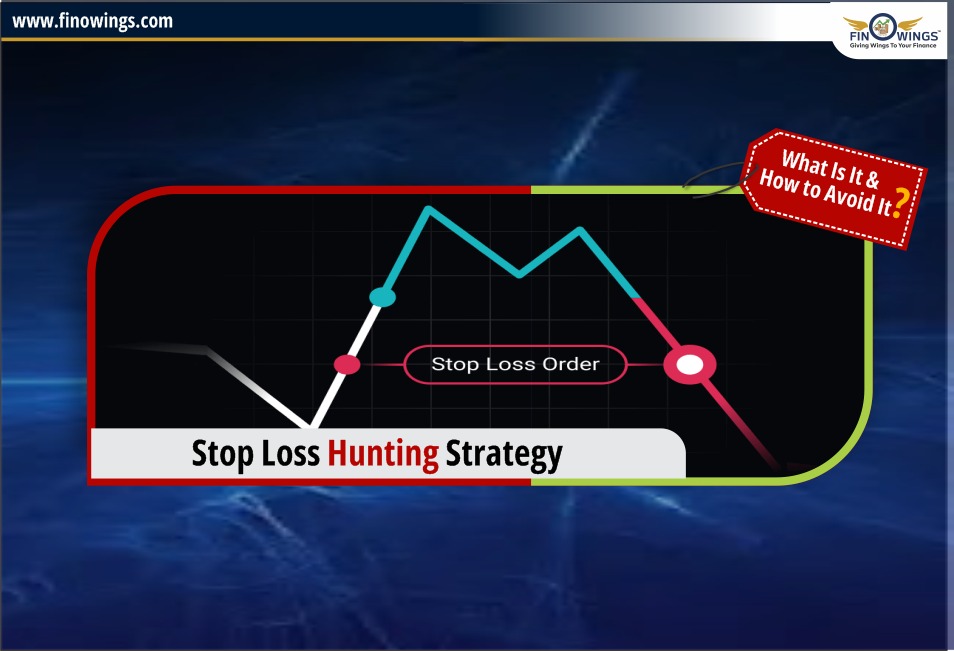Home >> Blog >> What is Slippage in Trading & How to Avoid it to Earn Profit?
What is Slippage in Trading & How to Avoid it to Earn Profit?

Table of Contents
What is Slippage?
Slippage is the difference between the expected price of a trade and the actual price at which the trade is executed. It can occur when you place a market order, which means you're buying or selling at the current market price. The volatile nature of the market can cause the price to move between the time you place the order and the time it's executed, resulting in a different price than you anticipated.
Why Does Slippage Happen?
Slippage is more common in highly volatile markets or in stocks with low liquidity. When the market is highly volatile, the price can fluctuate rapidly, leading to a gap between the expected and actual execution price. Similarly, in stocks with low liquidity, where there are fewer buyers and sellers, the price can move more easily, causing slippage.
Avoiding Slippage
1-Avoid Low-Liquidity Stocks
One way to minimize slippage is to avoid trading in low-liquidity stocks. These stocks have fewer buyers and sellers, which can make it more challenging to execute trades at the desired price. By focusing on high-liquidity stocks, you can reduce the likelihood of encountering slippage.
2-Use Limit Orders Instead of Market Orders
Instead of using market orders, which execute at the current market price, consider using limit orders. Limit orders allow you to specify the maximum price you're willing to pay to buy or the minimum price you're willing to accept to sell. This helps ensure that your trade is executed at the price you've set, reducing the impact of slippage.
Understanding the Impact of Slippage
Slippage can have a significant impact on your trading profitability, especially if it occurs frequently. Even small amounts of slippage can add up over time, eroding your potential gains. By understanding the concept of slippage and taking steps to minimize its impact, you can become a more successful trader.
Conclusion
Slippage is a common issue that traders face, and it's essential to understand how it works and how to mitigate its impact. By avoiding low-liquidity stocks and using limit orders instead of market orders, you can reduce the likelihood of encountering slippage and improve your overall trading performance. Remember, staying informed and adopting effective strategies can help you become a more proficient and successful trader.
Disclaimer: This Stock Analysis is only for informational purposes and should not be considered as investment advice. Always do your research and consult with a financial advisor.
Want to start Your Journey in stock market trading and investment? Join our Stock Market Class to become beginner to expert trader! We cover everything from the basics of trading to advanced strategies for picking stocks. Plus, we're offering a special discount for women and students. Don't miss out - enroll now and kickstart your path to success in the stock market!
Open a world of Stock Market by Opening a Demat Account with your favourite Broking firm & Get a trading Strategy worth Rs.15,000!
Author
Frequently Asked Questions
Slippage refers to the difference between the expected price of a trade and the actual price at which the trade is executed. It typically occurs when placing a market order, where the trade executes at the current market price. Market volatility and low liquidity can cause the price to change between the order placement and execution, leading to slippage.
Slippage occurs primarily due to two reasons:
- Market Volatility: In highly volatile markets, prices can fluctuate rapidly, resulting in a gap between the expected and actual execution prices.
- Low Liquidity: In stocks with low liquidity, there are fewer buyers and sellers, making it easier for prices to move significantly, causing slippage.
To minimize slippage, consider the following strategies:
- Avoid Low-Liquidity Stocks: Trade in high-liquidity stocks where there are more buyers and sellers, reducing the chance of significant price changes during order execution.
- Use Limit Orders: Instead of market orders, use limit orders which allow you to set a maximum price for buying or a minimum price for selling. This ensures your trade executes at the specified price, mitigating the risk of slippage.
Slippage can significantly affect trading profitability. Frequent occurrences of slippage, even in small amounts, can accumulate over time and erode potential gains. Understanding and managing slippage is crucial for maintaining and improving overall trading performance.
Yes, here are a few tools and strategies:
- High-Liquidity Stocks: Focus on trading stocks with high liquidity to reduce slippage.
- Limit Orders: Use limit orders to control the execution price of your trades.
- Trading During Stable Periods: Avoid trading during highly volatile periods, such as during major news announcements or market openings/closings.
- Advanced Order Types: Use advanced order types like stop-limit orders which combine the features of stop orders and limit orders to better control execution prices.


.webp)












